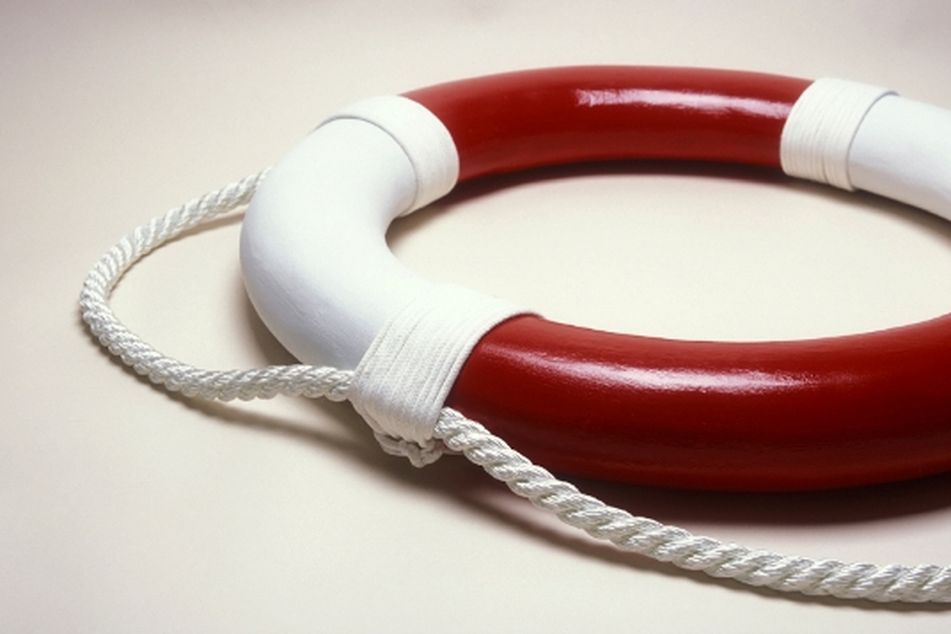Safety first, as advisers piled into fixed-income ETFs in ’11

Slowly but surely, advisers are becoming more comfortable with exchange-traded funds. Not surprisingly, Charles Schwab says fixed-income ETFs were the clear favorites of RIAs in 2011.
It appears that independent advisers finally are beginning to embrace exchange-traded funds, and in particular, fixed-income ETFs.
Such funds drew 54% of exchange-traded inflows from independent advisers that custody at Charles Schwab & Co. Inc. in 2011, according to newly released data from the discount brokerage. Overall ETF assets at Schwab grew 5% to about $60 billion from the end of 2010.
“A lot of the innovation in ETFs we saw last year was on the fixed-income side,” said Beth Flynn, president of ETF platform development at Schwab. “The flows are reflective of more fixed-income ETFs’ being available and advisers’ being more comfortable with ETFs in general.”
The push into fixed-income wasn’t driven by the largest independent advisers, though. The top 10% of registered investment advisers by assets under management held the majority of their ETF assets in domestic and international equity ETFs. The other 90% of RIAs use fixed-income ETFs 50% more than the top firms. The bigger RIAs may hold more individual fixed-income bonds, reducing the need for a broad-based fixed-income fund, according to the study.
Interest in fixed-income ETFs is expected to continue in 2012 as advisers are looking to protect client assets and lower volatility, Ms. Flynn said. “Volatility and unpredictability is the reality of the current economic environment,” she said.
That volatility also led to an increase in ETF trading volume at the brokerage. RIAs increased their ETF trading volume by 26% in 2011. Schwab said the surge in trading is a sign that more advisers are embracing actively managed strategies, such as sector rotation or tactical allocation, that make use of the intraday trading and low cost of passive ETFs.
Active ETF strategies are particularly popular in the separately managed account space, where ETF assets grew by 30% in 2011.
Domestic equity ETFs were the second-most-popular category in 2011. They took in 33% of inflows. Dividend ETFs in particular did well, Ms. Flynn noted. That trend is also expected to continue as interest rates remain low and investors’ need for income persists.
Commodities, gold and alternatives ETFs all saw their usage decline as performance struggled. Commodities ETFs saw inflows drop by 77% and gold ETF inflows dropped by more than half. Both were hurt by concerns over recession fears in Europe and slowing growth in the emerging markets.
Learn more about reprints and licensing for this article.




